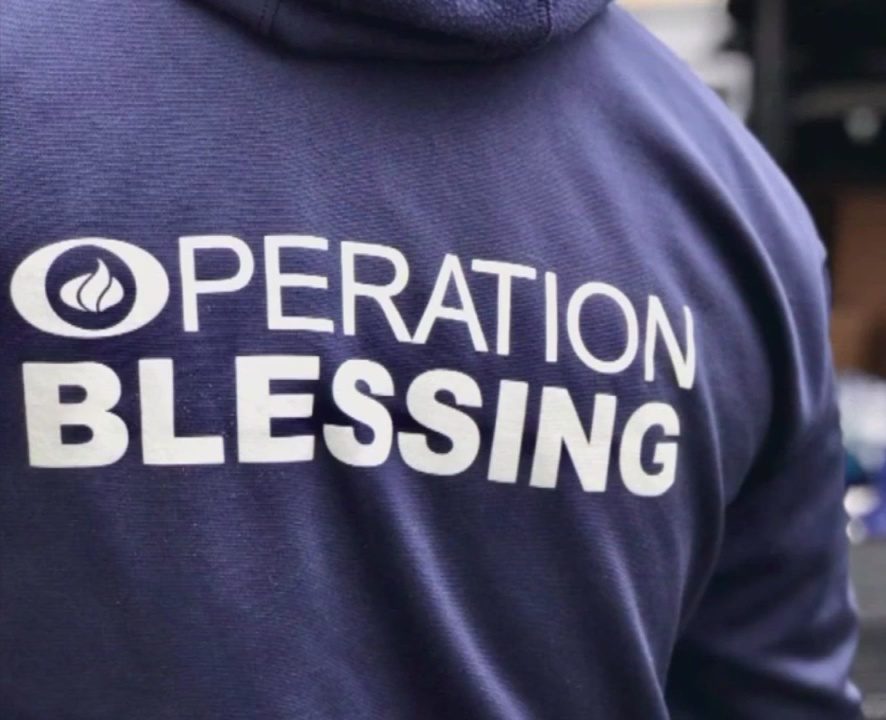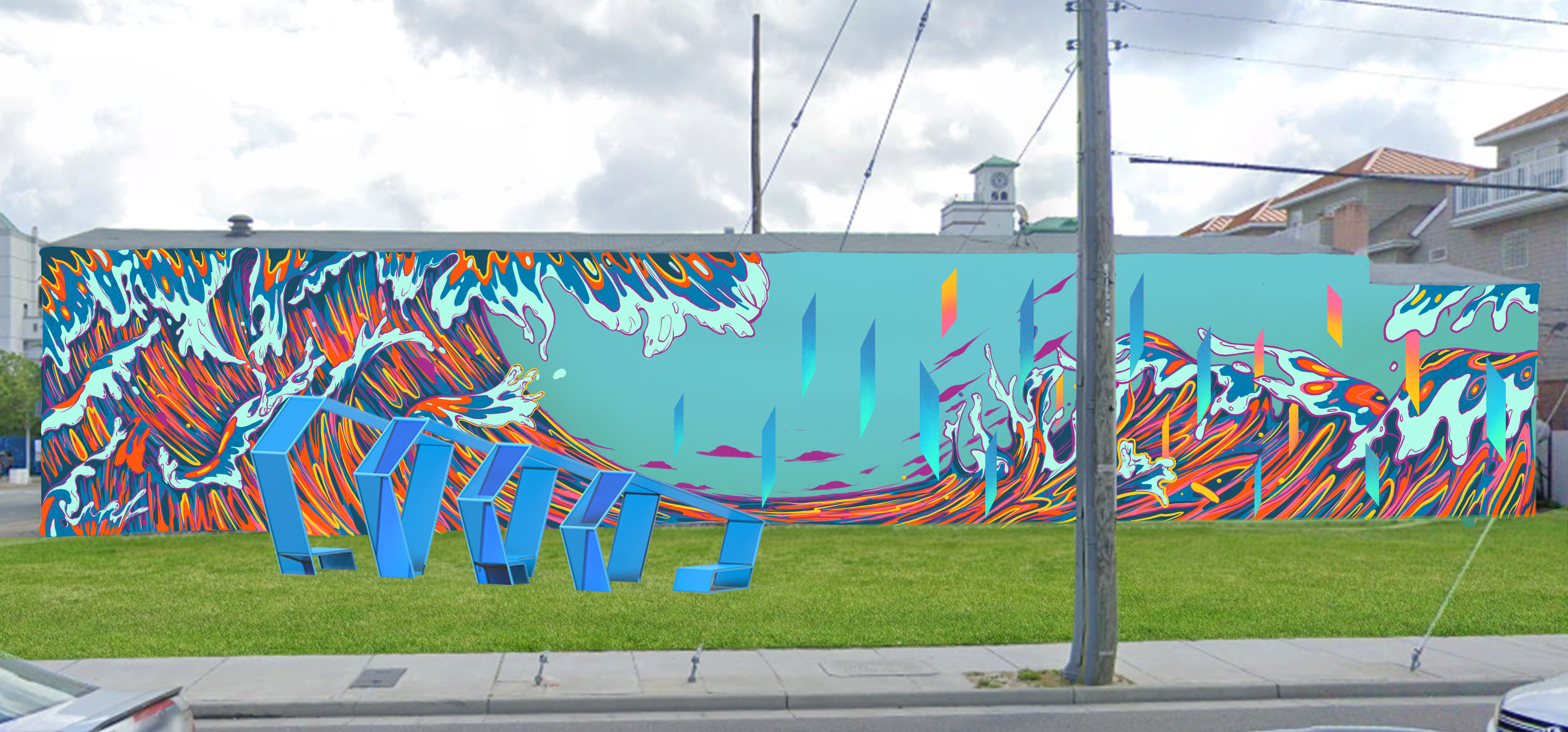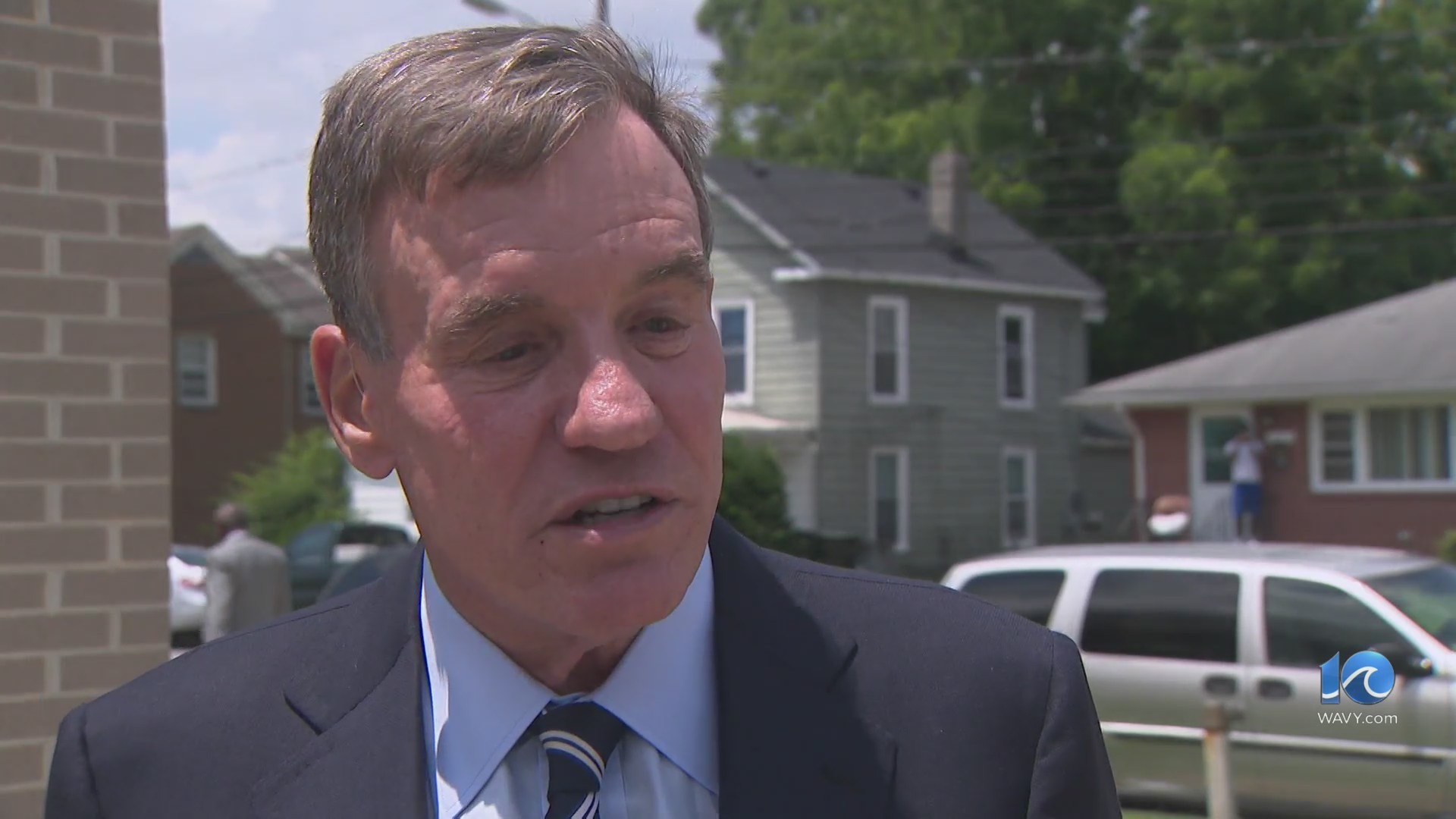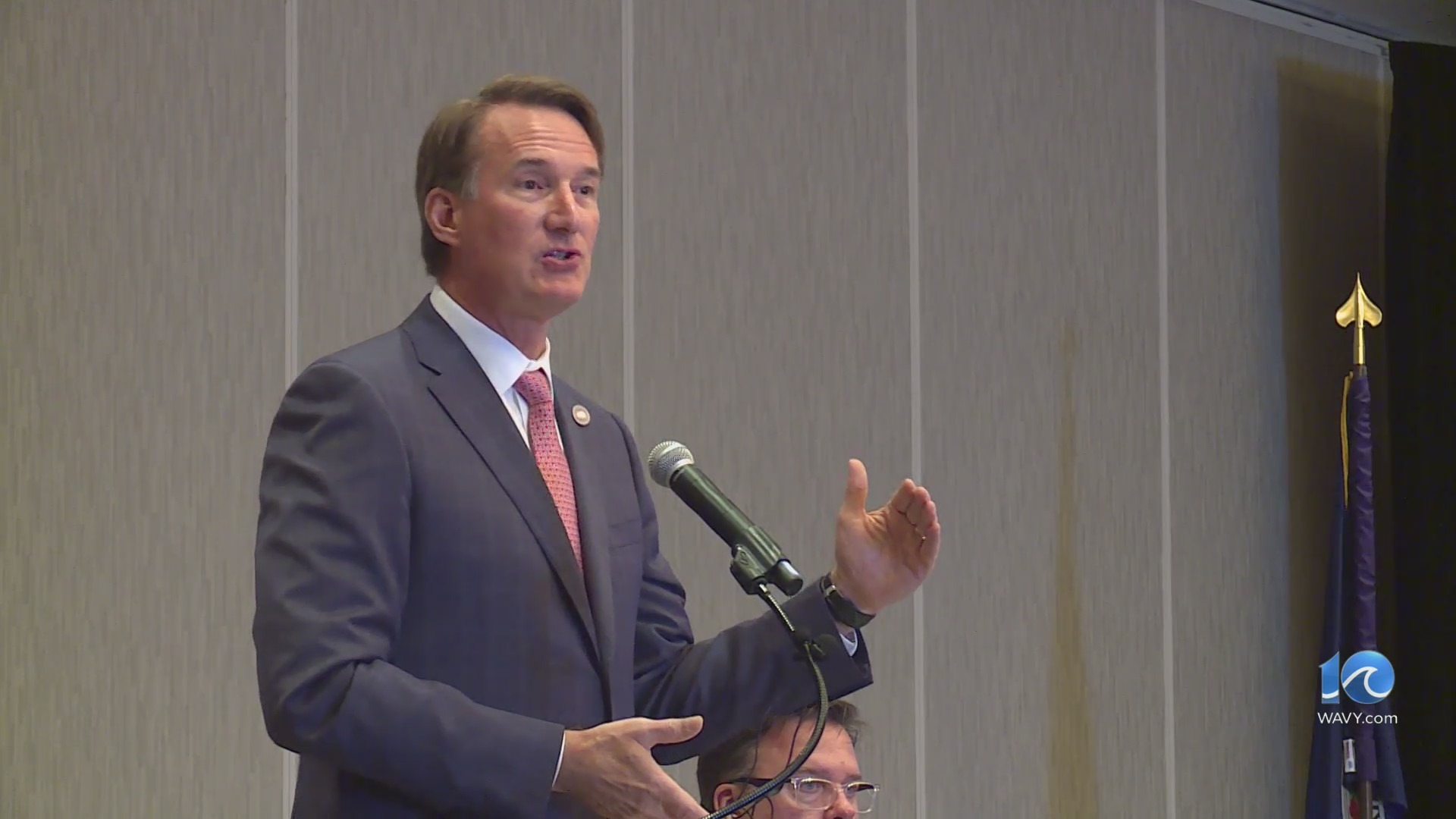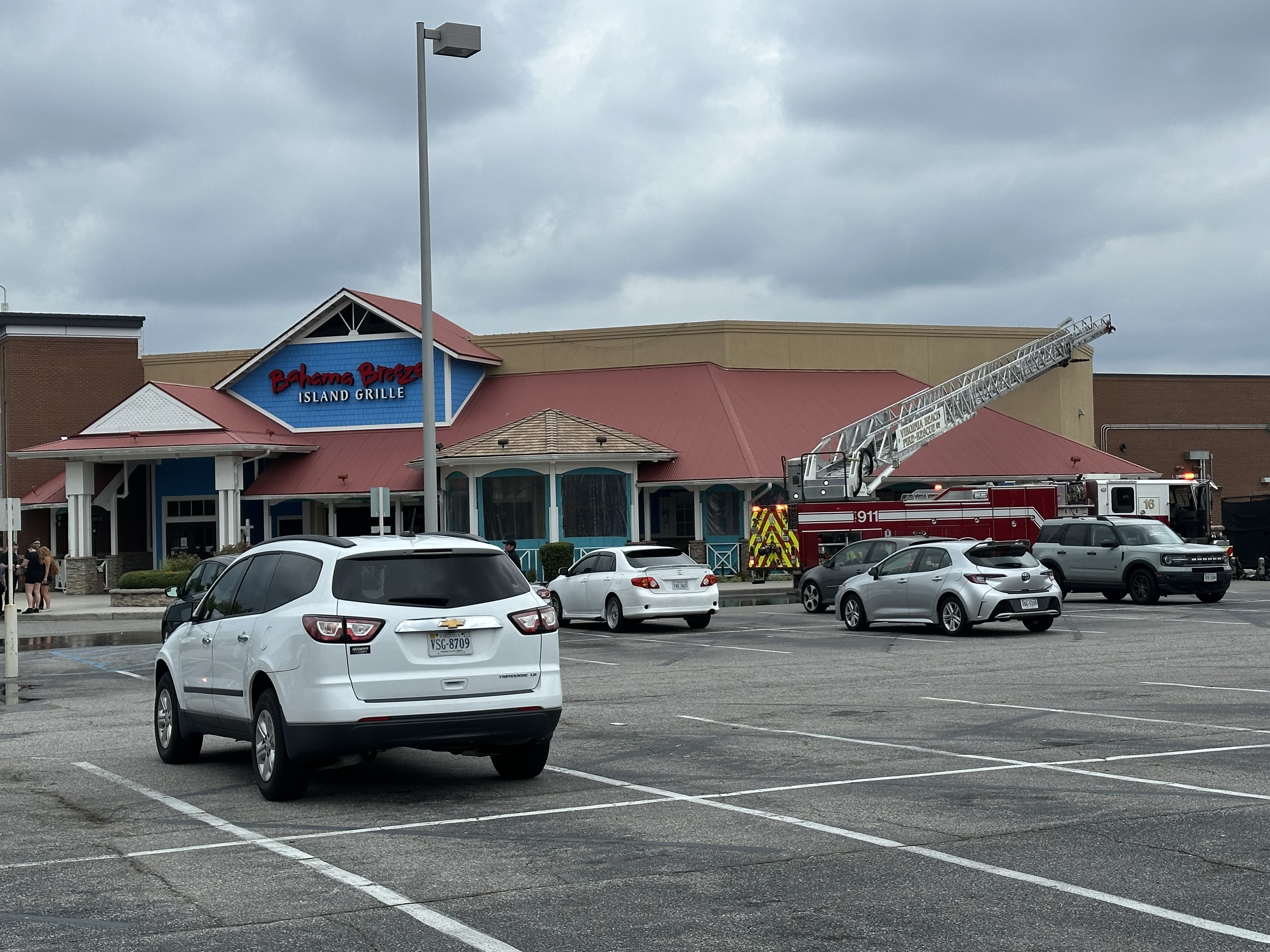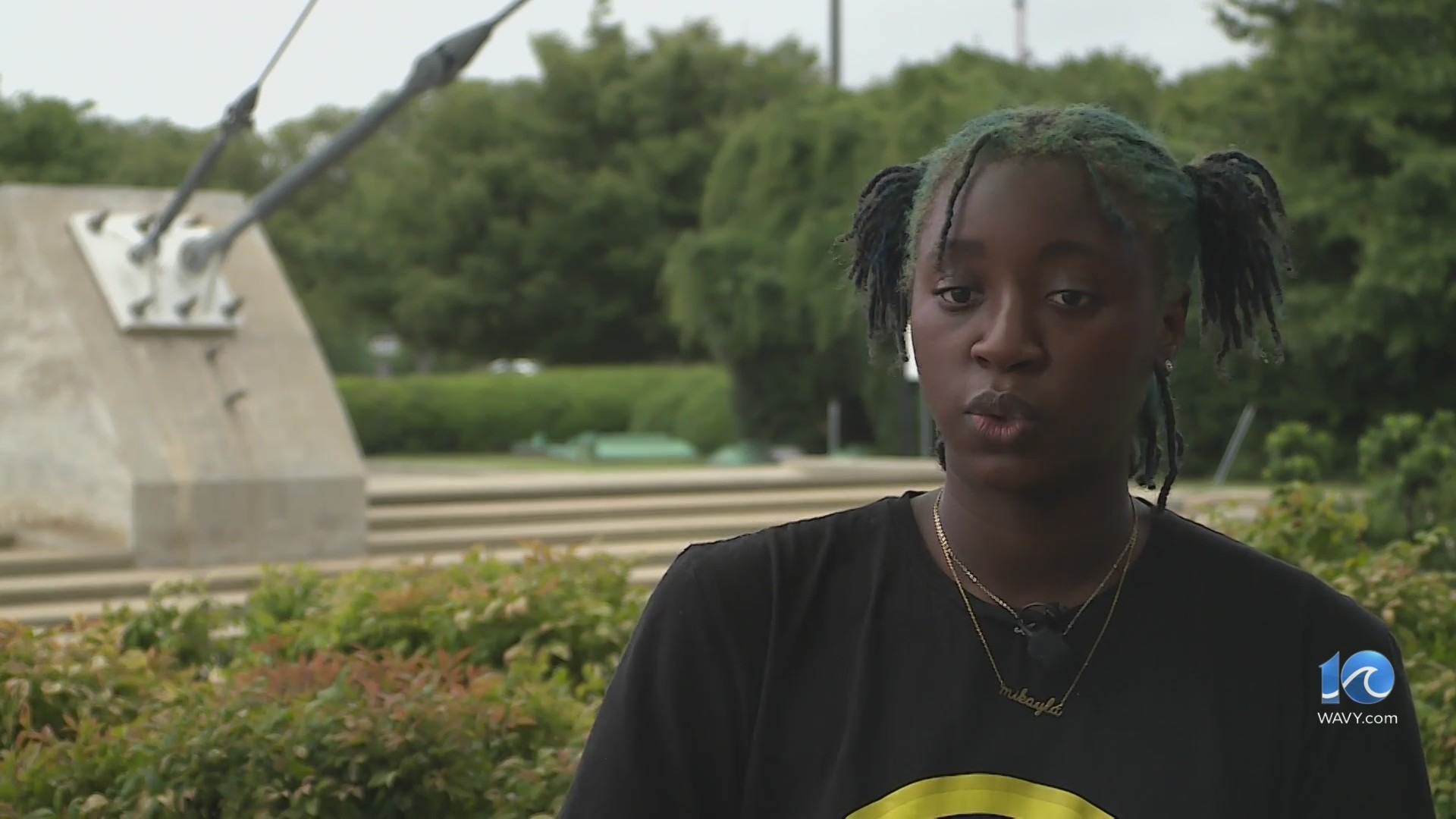Dust is on the way to the United States this week making the more than 6,000-mile journey from the Sahara Desert.
This might seem to work against typical weather patterns, but dust in the United States from the Sahara happens every year. While it may not be abnormal to see the Saharan dust make its annual journey to the United States, we are expected to see more of it than usual.
Tiny individual dust particles combine to make a large plume so big that it can be picked up on satellite images and even be seen from the International Space Station.
The massive plume darkened the sky over parts of the Caribbean this past weekend and is projected to reach the southeast United States by Wednesday of this week.
Air quality across most of the Caribbean fell to record “hazardous” levels and experts who nicknamed the event the “Godzilla dust cloud” warned people to stay indoors and use air filters if they have one.
“This is the most significant event in the past 50 years,” said Pablo Méndez Lázaro, an environmental health specialist with the University of Puerto Rico. “Conditions are dangerous in many Caribbean islands.”
Many health specialists were concerned about those battling respiratory symptoms tied to COVID-19. Lázaro, who is working with NASA to develop an alert system for the arrival of Sahara dust, said the concentration was so high in recent days that it could even have adverse effects on healthy people.
Dust & sunsets:
The massive dust storm will make for some eye-popping sunsets.
The colors that we see at sunrise and sunset are created by light scattering. The scattered sunlight is enhanced by water particles or pollutants, like dust, in the atmosphere.
When more dust is present, there are more particles in the atmosphere for light to refract off of, and in return we’ll see more bright shades of red, orange, yellow and pink.
Dust & air quality:
While we are expecting to see some extra vivid sunrises & sunsets, it might be healthier for some people to admire them from inside.
Since dust is moving in, naturally it will lower our air quality, and can irritate your eyes, nose and throat. Children, older adults can be especially susceptible to negative side effects along with anyone with preexisting conditions linked to heart disease, lung disease, allergies or asthma.
So, make sure that you are taking precautions like staying inside if you have a condition that would be worsened from the extra pollutants in the air.
Saharan dust, storms & tropical weather:
Dust does not kill the development of storms like hurricanes, but it does suppress it.
The big reason for this is this is that it’s bringing in dry, desert air which is the opposite of the moisture needed to fuel a storm. This will not only impact local storms, but as the dust and dry moves over the Atlantic, it will make it hard for tropical storms to grow and develop into hurricanes.
While it could slow down thunderstorms and tropical storm development for now, it does not mean that it will have a lasting impact. The dustiest time of year from this phenomenon can last through June & July.
Hurricane season sees its spike in the fall, after the dust has cleared. So, our already busy 2020 hurricane season is still expected to be very active after this break from the Saharan dust.
The Associated Press contributed to this report.










